Transit of Venus as seen above Usmate Velate in the province of Brianza in the Italian region of Lombardy this morning. This photo was uploaded to NASA Flickr photostream of the transit by user Abarze
For those of us who weren’t able to have tea with Venus at sunset yesterday evening or breakfast with the terrestrial planet at sunrise, as it traversed the face of the sun in an astronomical event that won’t happen again until 2117, here’s a snapshot of what people experienced during the transit.
Depending on where you were across the globe, stargazers in North America got to witness the transit of Venus from sunset yesterday evening, as the planet started its six-and-a-half hour transit across the face of the sun. In Ireland, stargazers had to wait until sunrise this morning to see if they could spot the final hour of the transit, as Venus came off the disc of the sun.
The next transit of Venus is not due to happen again until 2117, so there was much anticipation about the astronomical event. Over the centuries, scientists have been studying such transits to make sense of the size of the solar system.
In 1610, physicist, astronomer and philosopher Galileo started to make the first scientific observations of Venus as more than just a bright light in the sky. In his observations of Venus, he began to notice that the size and shape of the planet changed as each night passed, transforming from sphere to crescent, similar to the phases of the moon. This is what we now call the phases of Venus.
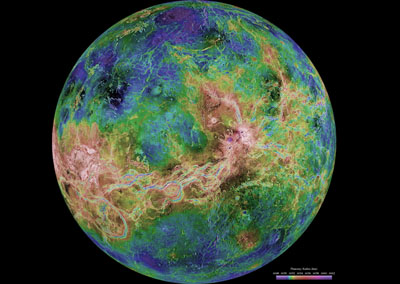
NASA’s hemispheric view of Venus, captured during over a decade of radar investigations, peaking with the Magellan mission between 1990 and 1994. Image by NASA/JPL/USGS
Such transits of Venus across the face of the sun occur roughly more than every 100 years in pairs separated by eight years. The last such transit of Venus was in 2004. So, with the next one not set to be viewed from Earth until 2117, here’s what keen astronomers experienced between last night and this morning.
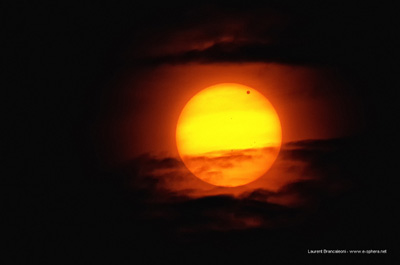
Flickr user Laures 73 from www.e-sphera.net uploaded this image of the Venus transit onto the NASA Flickr photostream this am. The photo of the transit was captured in Rosheim in France this morning
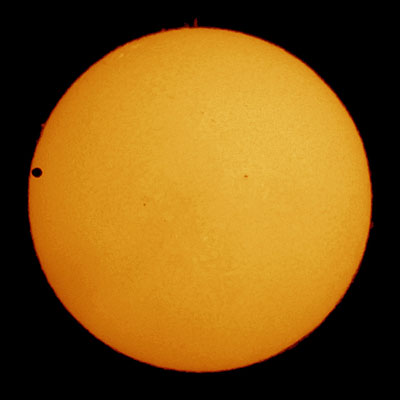
Transit of Venus as seen from Canberra, Australia. Photo from Michel Breitfellner and Miguel Perez Ayucar/ESAC
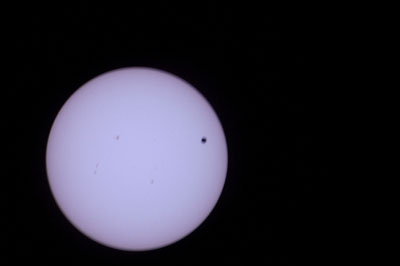
Astronaut Don Pettit took images of the Transit of Venus from the Cupola module of the International Space Station. In this one you can also see sunspots on the sun, as well as the transit of Venus. Image by NASA
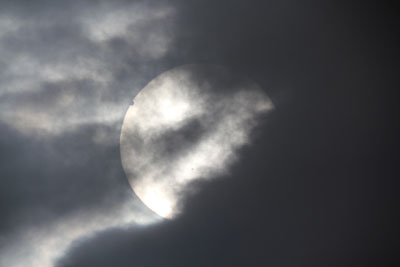
Transit of Venus as seen from the Arctic island of Spitsbergen. Photo from Michel Breitfellner and Miguel Perez Ayucar/ESAC